Does the Catholic Church Hate Beards?

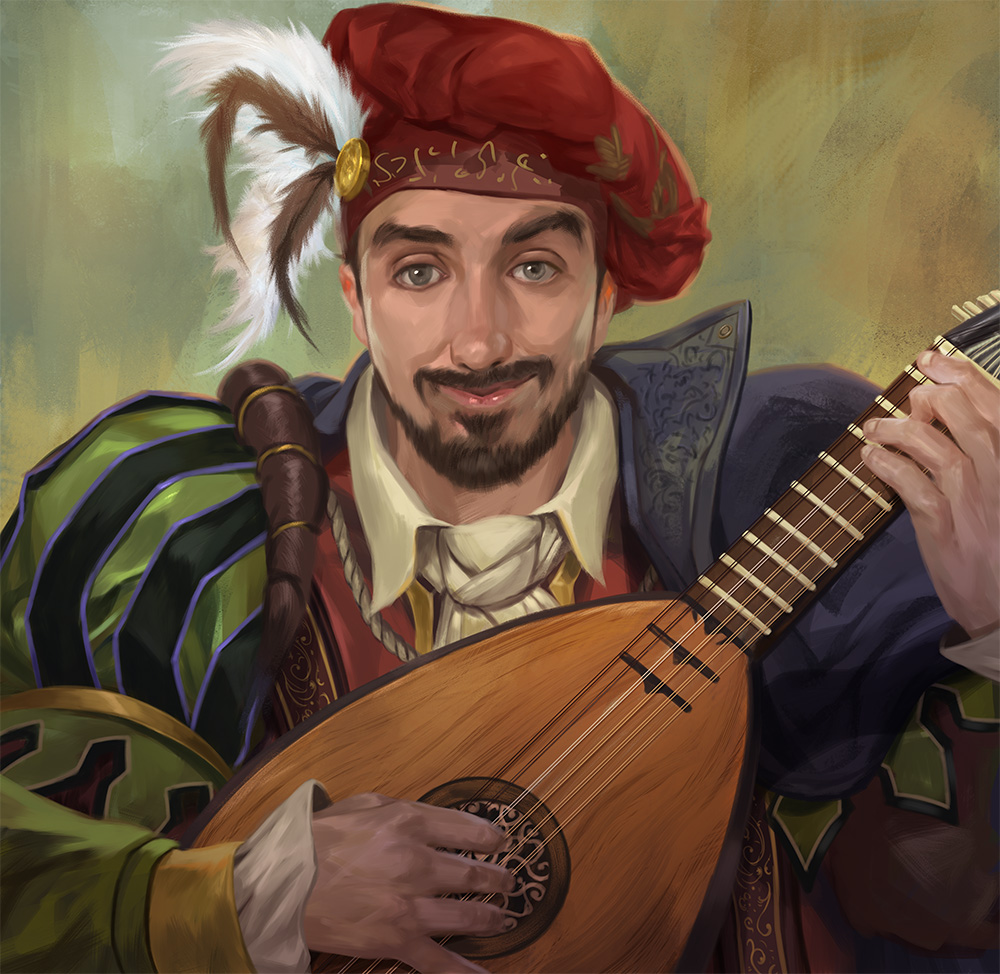 Joe Nightingale, MBBS, MSc
Joe Nightingale, MBBS, MSc

Wander the halls and corridors of the Vatican City, and there's one thing you're not likely to see: beards! It's rather odd, considering Jesus Christ is almost always presented as bearded (as are many of the apostles and John the Baptist, for that matter).
Why? Does the Roman Catholic Church have it out for beards? Are they banned? Or is this a quirk of history? Might we one day expect a hirsute Holy Father?
To find out the truth, we'll need to go all the way back to the beginning. Here's the secret truth about the Catholic Church's relationship with beards.
Did Jesus have a beard?
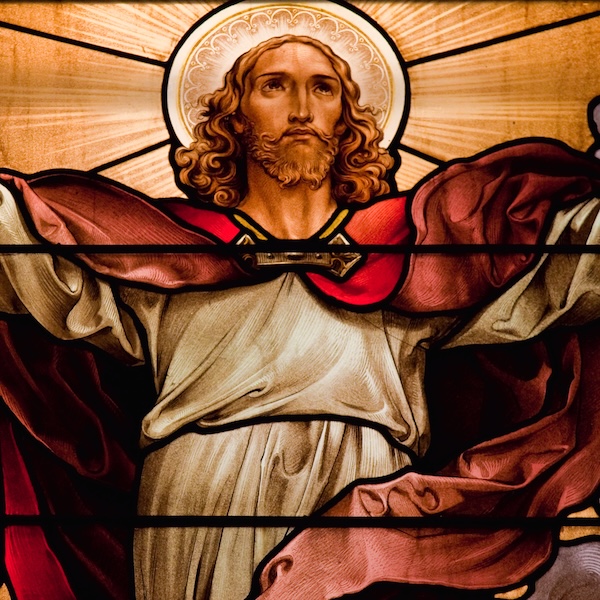
Yes! In all likelihood, Jesus and his disciples were all bearded. Around the time he was born, Middle Eastern folk, such as the Hebrews, considered beards as a sign of virility. Similar associations were made among the Germans to the north of the Roman Empire and elsewhere on the fringes.
Perhaps the Romans remained clean-shaven to differentiate themselves from "lower" civilizations. It wasn't until the reign of Emperor Hadrian (AD 76-138) that beards became popular among the Romans. St. Clement of Alexandria (AD 150-215) took this fashion and advised men not to shave their beards, considering it a sign of effeminacy.
Writing in The Instructor, he said:
"Let the head of men be shaven unless it has curly hair. But let the chin have the hair. But let not twisted locks hang far down from the head, gliding into womanish ringlets. For an ample beard suffices for men. And if one, too, shaves a part of his beard, it must not be made entirely bare, for this is a disgraceful sight."
St. Clement certainly held some forthright views on the matter. This condemnation has been held in the East among the Catholic and Orthodox priests ever since.
The rise and fall of beards in the Catholic Church
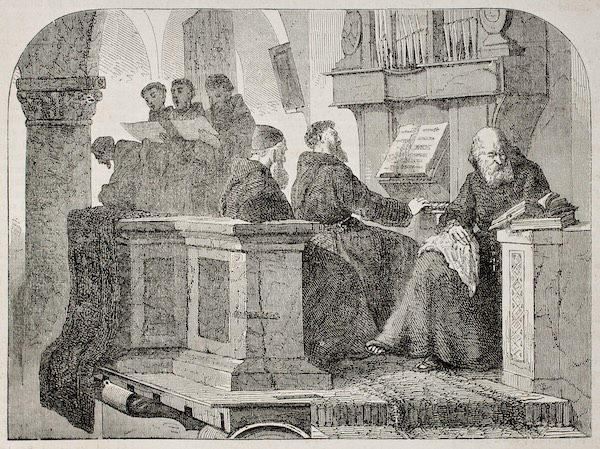
Westwards, however, beards became less associated with Christianity. St. Jerome, for example, advised against growing your beard too long. Then, in the 500s, local church councils began forbidding beards, the rule becoming canon law shortly thereafter.
Throughout the Middle Ages, priests were marked by their beardlessness and tonsure (a shaved top of the head). Long beards became a sign of a "multitude of sins,"; although many clerics copied nobles who frequently sported beards.
In the 13th century, orders of friars such as Franciscans, Dominicans, Servites, Augustinians, etc., saw shaving as a way to differentiate themselves from the more wayward secular clergy. However, within three hundred years, beards became all the rage. Canon law did not officially change, but when Pope Clement VII ascended to the pontifical throne in 1523, his "short" beard was not a problem. Indeed, Pope Paul III saw no issue with his own long, billowing beard.
Amongst the laymen, beards were rife. Spanish Catholics almost all had beards during the colonial era – indeed, it was almost a mark of gentility. Such fashions tended to bleed over into the church rather than the other way round.
No sooner had the beard fad arrived than it had gone. When the French embraced wigs in the late 17th century, beards everywhere receded. Pope Innocent XII (1691-1700) was the last pope to wear one.
Beards in the Orthodox Church
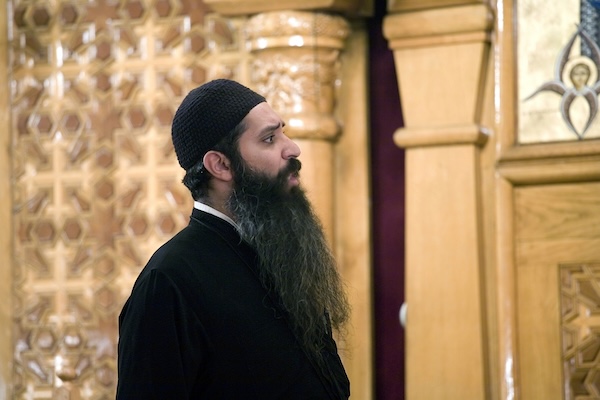
Interestingly, while Western Popes and Bishops have gone back and forth on the subject of beards, it's almost part of the job description in the East. Without exception, all Bishops and Priests in the Orthodox Church are bearded.
Those of the Eastern Orthodox Church may quote passages like:
"And ye shall not shave your head for the dead (a pagan practice) with a baldness on the top; and they shall not shave their beard… (Leviticus 21:5), and to all men in general, Ye shall not make a round cutting of the hair of your head, nor disfigure your beard (Lev. 19:27)."
But it also likely refers to those early cultural differences between the Roman resistance to beards and the Eastern veneration.
Modern Catholic views of beards
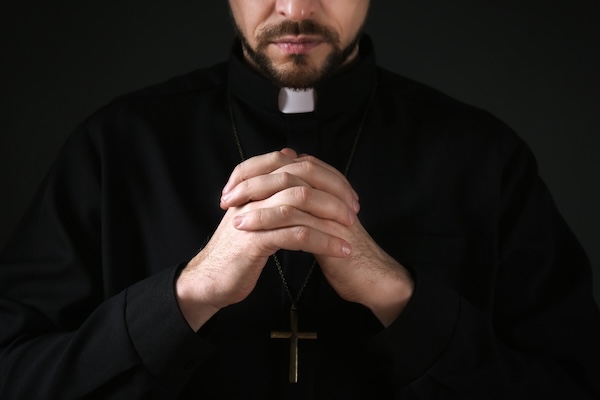
The topic of beards is no longer hotly debated among the clergy. While there's no doubt an element of fashion, with beards wholly absent from Rome, there are no strict rules for or against. According to the 1983 Code of Canon Law, questions about beards and grooming are a matter of personal choice.
Among the clergy, one notable exception is Capuchin Cardinal Seán O'Malley of Boston. Appointed in 2003, he has remained a stalwart beard throughout the church's tribulations.
But with no other bearded brethren, it's unlikely we're about to see another bearded pope anytime soon.

No comments yet…